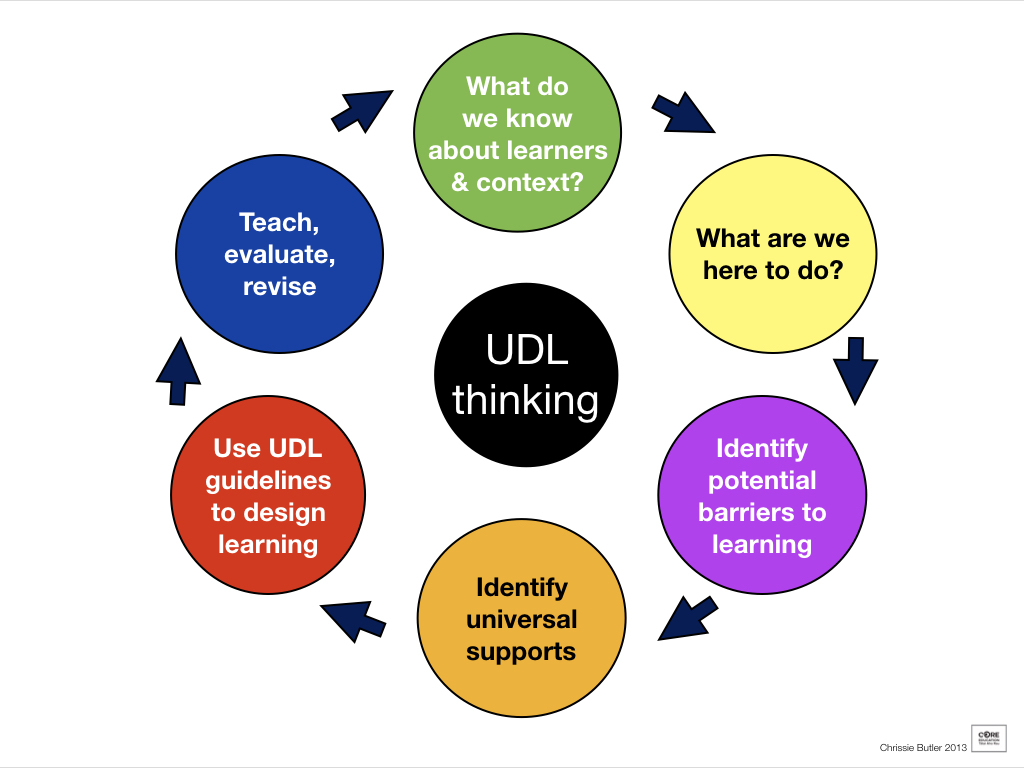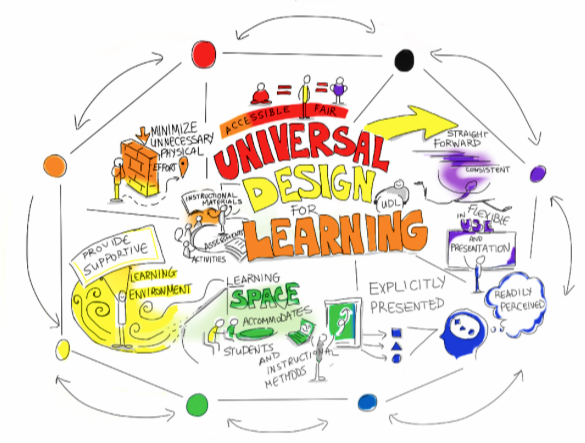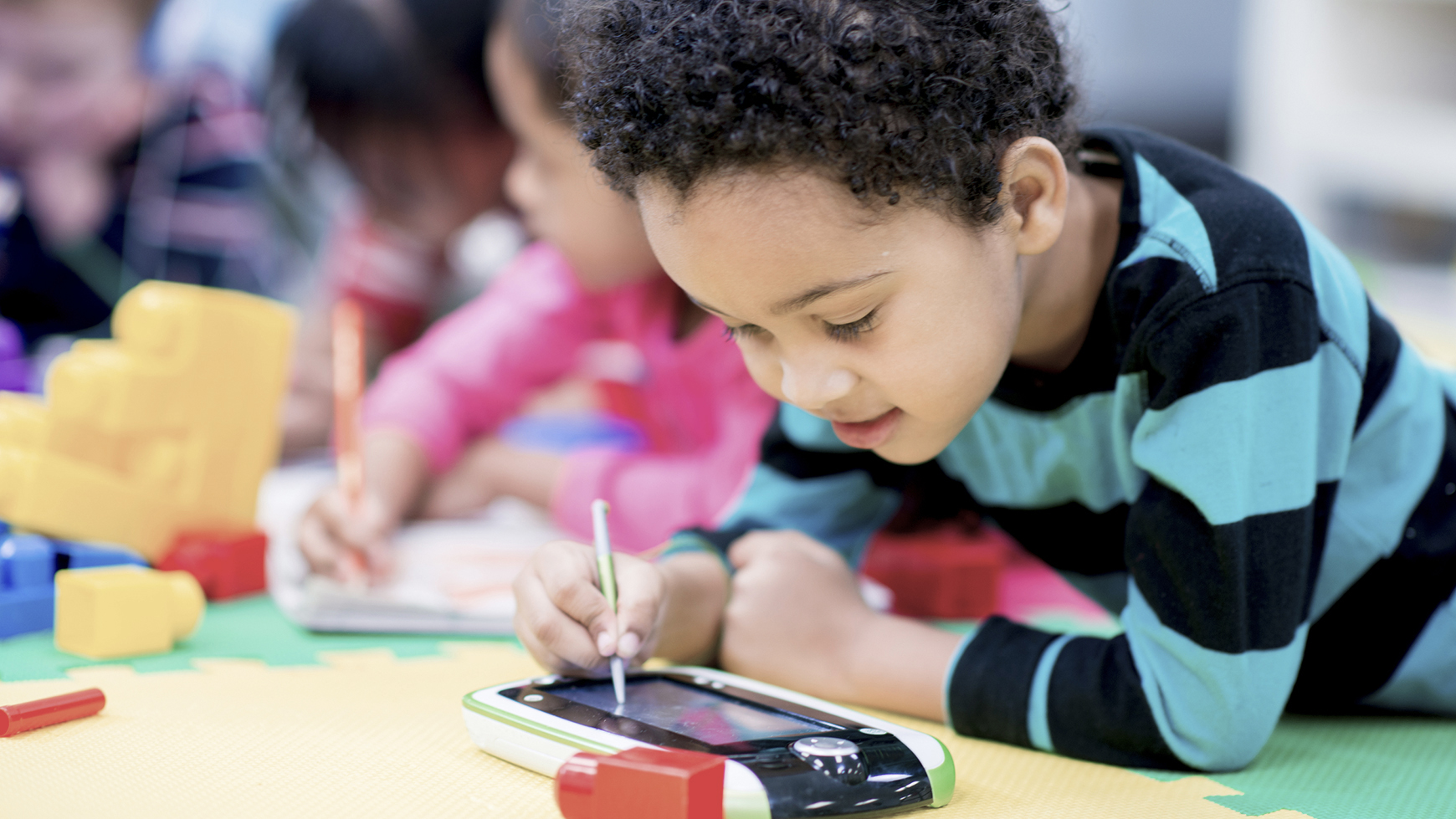Classroom Education Universal Design For Learning
Universal Design for Learning (UDL) is an educational framework that aims to provide all students, regardless of their abilities, with equal opportunities to learn. It recognizes and addresses the diverse needs of learners by offering multiple means of representation, engagement, and expression. When applying UDL principles to classroom education, it involves creating an inclusive and flexible learning environment that accommodates various learning styles, preferences, and abilities.
Here's how the principles of Universal Design for Learning can be applied in a classroom setting:
Multiple Means of Representation (Recognition):
Provide information in various formats such as text, audio, video, and images to cater to diverse learning preferences.
Use diverse teaching materials to present content in different ways.
Offer alternative methods for obtaining information, such as providing transcripts for videos or using captions.
Multiple Means of Engagement (Affect):
Offer choices in how students can demonstrate their understanding of the material.
Incorporate interactive and hands-on activities to engage students with different learning styles.
Provide a variety of options for students to express themselves and participate in discussions.
Multiple Means of Action and Expression (Strategic):
Allow flexibility in assessment methods, offering options like written assignments, presentations, or projects.
Provide tools and resources that support diverse ways of demonstrating knowledge.
Encourage students to use assistive technologies if needed.
Flexible Learning Spaces:
Arrange the physical classroom in a way that accommodates different learning needs, ensuring accessibility for all students.
Consider the use of flexible seating arrangements to cater to different comfort preferences and physical needs.
Use of Technology:
Integrate technology tools and resources that support various learning styles and abilities.
Ensure that digital materials are accessible, and provide alternatives for students who may require them.
Clear Communication:
Clearly communicate learning objectives, expectations, and guidelines to help all students understand what is required.
Use multiple modes of communication to ensure that information is accessible to everyone.
Collaboration and Community:
Foster a collaborative and supportive learning environment where students can work together and learn from each other.
Encourage peer support and provide opportunities for students to share their unique strengths and perspectives.
Professional Development:
Provide ongoing professional development for educators to enhance their understanding of UDL principles and how to implement them effectively.
Foster a culture of continuous improvement and reflection on teaching practices.
By incorporating these principles, educators can create a more inclusive and equitable learning environment that meets the diverse needs of all students, promoting engagement, participation, and success for everyone.
This lesson will discuss the use of universal design in special education and will end with a brief quiz to. Universal design for learning udl is a research based framework that helps teachers plan learning to meet the diverse and variable needs of all students.
Universal design for learning (UDL) is an approach to teaching aimed at meeting the needs of every student in a classroom.

Classroom education universal design for learning
It can be helpful for all kids including kids with learning and attention issues. But udl takes careful planning by teachers. Universal design for learning udl is a way of thinking about teaching and learning that helps give all students an equal opportunity to succeed.
It can be helpful for all kids including kids with learning and thinking differences. Find out how flexible supports for learning can be embedded into an environment and made available to everyone. In fact 78 percent of teachers find it difficult to adapt learning for students who require more support and many believe that more time for planning new strategies for engagement and better technology in the classroom would help immensely.
This approach offers flexibility in the ways students access material engage with it and show what they know. Explore how hidden barriers to learning can be identified and minimized. Universal design strives to meet the unique needs of many different types of students.
This approach is underpinned by research in the field of neuroscience and is designed to improve the learning. Universal design for learning is a set of principles that allow teachers with a structure to develop instructions to. What is universal design for learning.
This means developing a flexible learning environment in which information is presented in multiple ways students engage in learning in a variety of ways and. Universal design for learning udl is an educational framework based on research in the learning sciences including cognitive neuroscience that guides the development of flexible learning environments and learning spaces that can accommodate individual learning differences. Udl guides the creation of learning outcomes resources and assessments that work for everyone.
5 examples of universal design for learning in the classroom universal design for learning udl is an approach to teaching aimed at meeting the needs of every student in a classroom. The universal design for learning udl is an approach to learning that aims to meet those needs and. Universal design for learning udl is a set of principles for curriculum development that give all individuals equal opportunities to learn.
Universal design for learning udl is an approach to teaching aimed at meeting the needs of every student in a classroom. Universal design for learning udl is a teaching approach that works to accommodate the needs and abilities of all learners and eliminates unnecessary hurdles in the learning process. It promotes having options to more aspects of learning from how instruction is delivered to how students can demonstrate their learning to various ways of nurturing interest and motivation in every learning activity.
Universal Design For Learning Equals Learning Opportunities For All Ohio Department Of Education
 Universal Design For Learning Inclusive Education
Universal Design For Learning Inclusive Education
Promoting Inclusion Through Universal Design For Learning Inclusion Evolution
 Incorporating Universal Design For Learning Educators Need To See The Able Not The Label La Comadre
Incorporating Universal Design For Learning Educators Need To See The Able Not The Label La Comadre
 Universal Design For Learning Udl Youtube
Universal Design For Learning Udl Youtube
 Examples Of Universal Design For Learning Udl Classroom Universal Design Udl
Examples Of Universal Design For Learning Udl Classroom Universal Design Udl
 Udl Examples Universal Design For Learning In The Classroom
Udl Examples Universal Design For Learning In The Classroom

